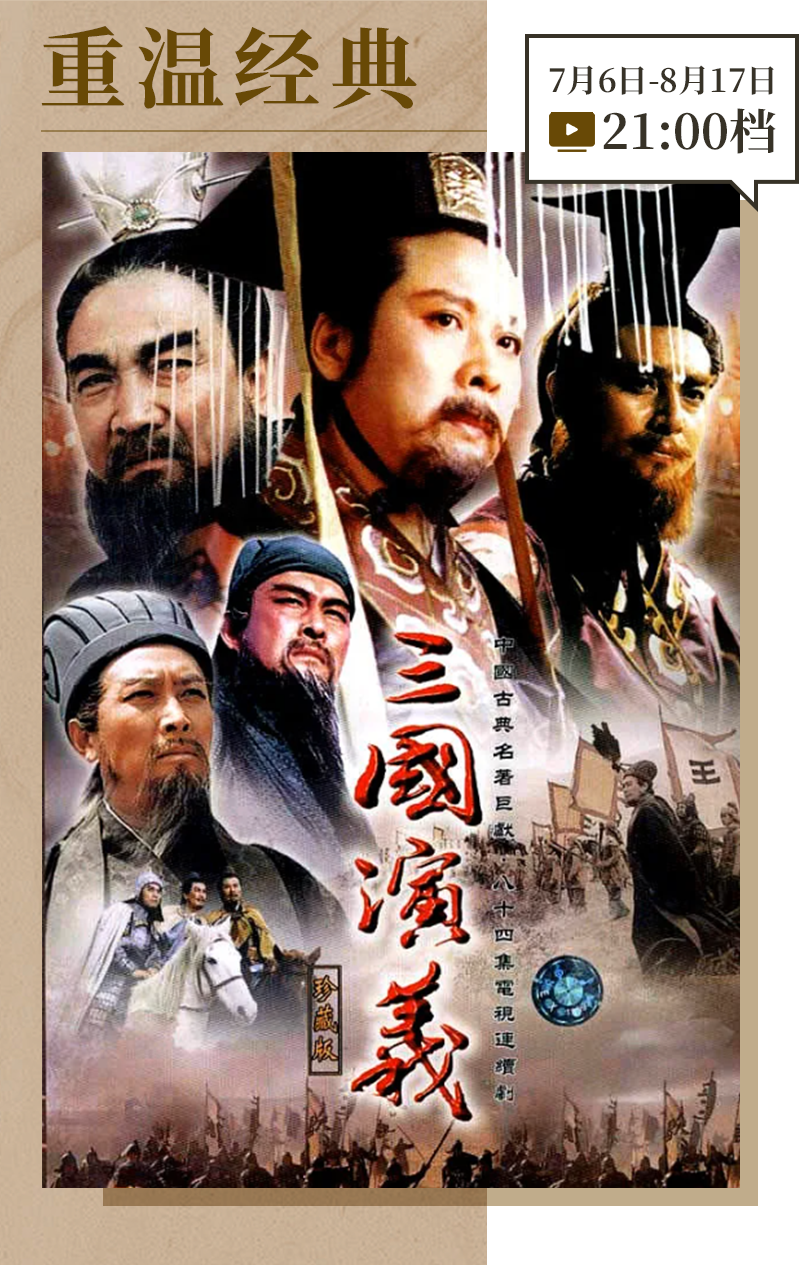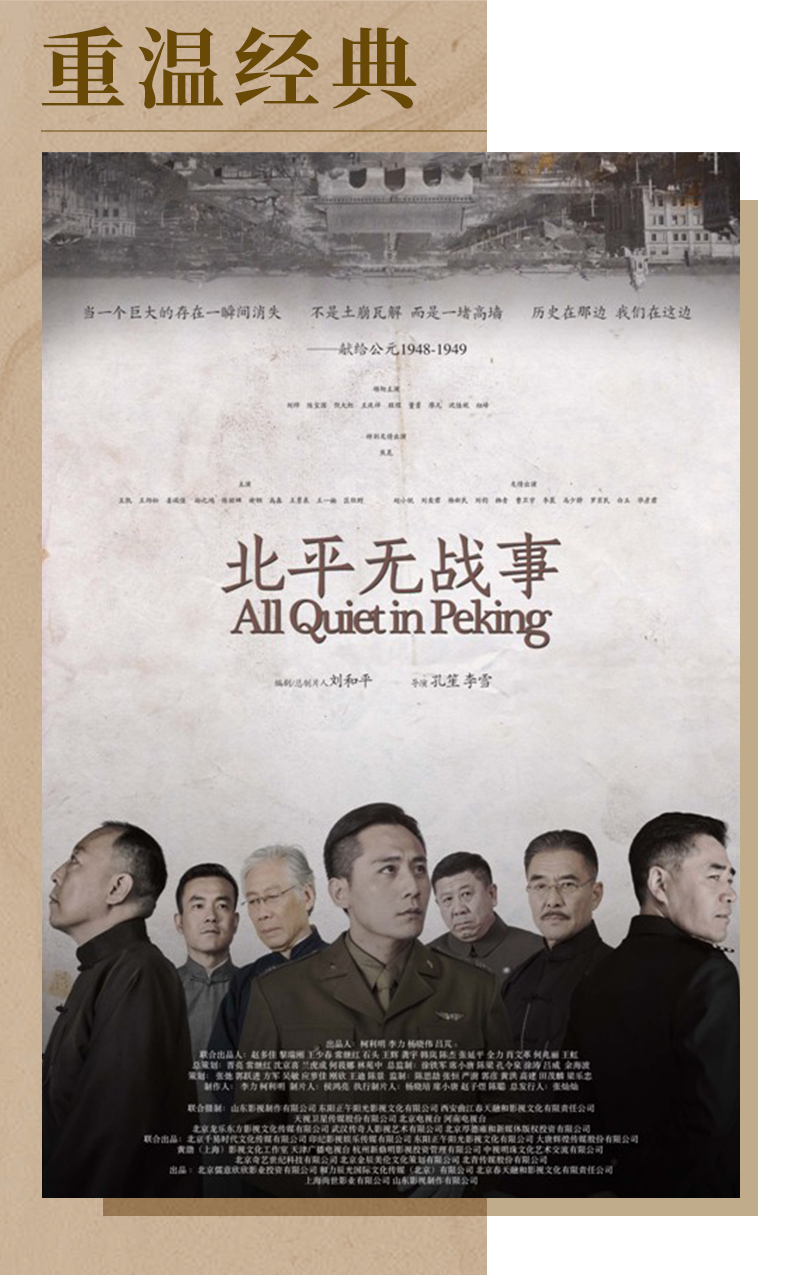
During the National People's Congress and the Chinese People's Political Consultative Conference this year, "NPC and CPPCC delegates hotly discussed the classic channel" ranked among the top three hot searches on Weibo, which once again boosted the social attention of this TV channel, which has only been officially launched for more than a month. Under the sweeping wave of digitalization, how traditional cultural classics can be reborn in the new era and establish a deep ideological and emotional resonance with the younger generation is one of the important topics of heated discussion.

1. Modern translation of classic works: emotional dialogue across time and space
The popularity of the "Revisit Classics" channel has remained high since its launch, first of all due to its accurate grasp of the audience's emotions. The channel's popular classic TV series such as "Dream of Red Mansions", "Journey to the West", "Legend of the New White Snake", "Ji Gong", "Desire", and cartoons such as "Big Head Son and Small Head Dad" and "Journey to the West" allow TV viewers to fully experience the cultural charm of classic audio-visual works. In the fast-paced modern life, people's nostalgia for the good old days and respect for traditional culture are increasing. The "Revisit Classics" channel provides a platform for viewers to review the classic works that accompanied them in their growth. This emotional resonance is an important reason for the popularity of the channel.
At the same time, with the rise of online platforms and short videos, traditional TV stations are facing the problem of content homogeneity. The "Revisiting Classics" channel provides a batch of time-tested classic works with high standards in artistry and viewing, meeting the audience's demand for high-quality content. In the context of the new era, these classic works have achieved a cross-temporal dialogue with audiences of different generations through the dual dissemination of TV screens and online platforms. This dialogue is not only nostalgia, but also a manifestation of cultural confidence. It not only allows those born in the 70s and 80s to regain their childhood memories, but also allows Generation Z audiences to feel the charm and value of classic works in the fast-paced modern life.
2. The dual mission of cultural inheritance and innovation: cultivating the aesthetic outlook of the new era
In the context of the new era, how to integrate classic works with modern aesthetics and cultivate a healthy aesthetic outlook for the young generation has become an important topic. The "Revisiting Classics" channel provides young viewers with a wealth of aesthetic education resources. These classic works have excellent artistic qualities, often reflecting various phenomena and characteristics of the society at that time, with profound themes, connotations and important social significance. Through these selected works, the channel conveys eternal values such as kindness, bravery and integrity, which still have strong practical significance in the context of contemporary culture.
Technological progress has brought new possibilities for cultural inheritance and innovation. The "Revisiting Classics" channel makes full use of digital technology to restore and enhance classic works, while promoting them through new media platforms, thus innovating the way of communication. This communication strategy that combines tradition and modernity allows classic works to be presented in a more vivid and contemporary way, thereby inspiring young audiences to identify with and participate in traditional culture. In the current social environment where fast food culture prevails, the broadcast of classic works is like a clear stream, guiding young audiences away from impetuousness and returning to the essence of art.
3. Strengthening the public cultural service function: Boosting the radio and television industry in collaboration with “dual governance”
In August last year, the State Administration of Radio, Film and Television launched a nationwide campaign to regulate the complicated charging and operation of TV "nesting dolls" (i.e. "double governance"), which has achieved good results. "Return to TV" has become a trend. The results of the "double governance" work have provided a solid foundation for the launch and successful operation of the "Revisiting Classics" channel. This service optimization directly responds to the people's call, and reflects the public nature of radio and television services and the people-centered purpose. The launch of the "Revisiting Classics" channel is a further enrichment of TV content in this context, providing more high-quality, free classic film and television works, and meeting the people's new expectations for spiritual and cultural life. The two complement each other and jointly promote the healthy development of the radio and television industry and the modernization of cultural heritage.
The ratings of "Revisiting the Classics" prove this point well. According to statistics from "China Audiovisual Big Data" (CVB), one month after the launch of the "Revisiting the Classics" channel, it ranked as high as 10th among satellite channels. Especially during the Spring Festival, the channel's ratings in 21 regions exceeded half of the satellite channels. The advancement of the "dual governance" work shows the self-reform and innovative practice of the radio and television industry in the context of the new era.
IV. Development Prospects
For the future development of the "Revisit Classics" channel, the following suggestions are put forward:
First, further enrich the content and expand the scope of "classics". The "Revisiting Classics" channel should regularly update its content and introduce new and excellent works to maintain the vitality and appeal of the channel. At the same time, the channel can also add some special programs closely related to modern life, such as classic documentaries and popular science programs; as well as traditional literary and artistic works, such as operas and folk music works, to enrich the program types.
Second, enhance international vision and cultural exchange. Channels can explore a path of "going out", such as strengthening cultural exchange and cooperation with countries along the Belt and Road, so that China's excellent classic works can be "exported" through television signals and reach more international audiences. While adhering to the inheritance of local culture, some international classic works can also be appropriately introduced to promote cultural exchanges between China and foreign countries and broaden the audience's horizons.
The third is to enhance two-way interaction through multiple channels. For example, classic works can be used as educational resources and promoted to schools and families, so that young people can learn knowledge while having fun. Discussions on channel content can be carried out on social media and short video platforms, and audience voting and online discussion areas on broadcast content can be set up to increase audience participation.
(The author Zhou Kui is an associate professor at Communication University of China and a researcher at the National Communication Innovation Research Center)

